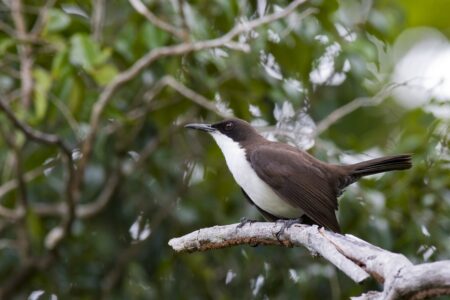
Exciting news is in from the American Ornithological Society (AOS) — the Caribbean can now boast six newly recognized endemic bird species! The 65th Supplement to the AOS Checklist of North American Birds has recently been released, bringing the total number of Caribbean endemics to an impressive 185 species.
Rather than discovering completely unknown birds, these new species typically emerge from deeper research into the unique geographical and biological features of the Caribbean. Islands are hotspots for endemism because isolated bird populations tend to evolve into distinct forms over time. As these differences accumulate, some populations eventually diverge enough to be classified as separate species!
These taxonomic updates often come in the form of “splits,” where what was once considered a single species is divided into multiple species due to significant differences in traits such as appearance, genetics, or behavior. In contrast, “lumps” occur when distinct populations are found to be similar enough to merge into a single species. Ornithologists use a combination of genetic analysis, morphology (shape and size), plumage, and vocalizations to determine whether a bird population deserves species status.
This process can involve differentiating Caribbean birds from their mainland counterparts or recognizing distinct island populations as unique species. For example, there’s ongoing discussion about whether the resident Caribbean Sharp-shinned Hawk should be split from its North and South American relatives. A good example of a regional split is the former Antillean Euphonia, now divided into three species: Hispaniolan, Puerto Rican, and Lesser Antillean Euphonias.
This year, we’re thrilled to introduce six newly recognized bird species in the Caribbean, thanks to two exciting splits!
Presenting the Caribbean’s Newest Endemic Birds:
The Wrenaissance is Here!
The bird formerly known as the House Wren (Troglodytes aedon) has undergone a major revision and is now split into seven different species — four of which are newly recognized as Caribbean endemics! Say hello to the Grenada Wren(Troglodytes grenadensis), St. Lucia Wren (Troglodytes mesoleucus), St. Vincent Wren (Troglodytes musicus), and Kalinago Wren (Troglodytes martinicensis), which is native to Dominica. The Kalinago Wren, named in honor of the island’s Indigenous Kalinago people, was also historically found on Guadeloupe and Martinique, though it has since disappeared from those islands.
Additionally, the Cozumel Wren (Troglodytes beani) has been recognized as a distinct species for Cozumel, Mexico; and Trinidad and Tobago now has the Southern House Wren (Troglodytes musculus), whose range extends into Central and South America. Further research may even reveal that Trinidad and Tobago harbors its own distinct wren species, so stay tuned!
So, what makes these wrens distinct enough to be classified as separate species? One of the biggest factors is habitat. As the name House Wren implies, these birds are typically found around houses and neighborhoods, and often thrive around human settlement. However, this is not the case for Caribbean House Wrens — these birds much prefer forested and more natural habitats. While continental House Wrens have continued to thrive with expanding urbanization, many island populations have been declining, possibly due to loss of habitat.
This taxonomic split also highlights the need for more targeted conservation efforts, which can now be advanced as these birds have been given species-level recognition. Initially, the American Ornithological Society (AOS) proposed grouping all Caribbean House Wrens under a single species called the Antillean Wren. However, further genetic studies revealed that the wrens from the Lesser Antilles were more genetically distinct than previously thought, leading to the decision to split them into multiple species.
Meet the Caribbean’s New Wrens
Here’s a quick overview of our newly recognized Caribbean wrens, compared to the continental House Wren found in North America, which is small, brownish-gray, with a slightly curved bill, barred wings, and a barred, rusty-colored tail.
Grenada Wren: This species is larger and shorter-tailed with dark, richly colored plumage, and a whitish throat. It has one of the longest bills among House Wrens, giving it a distinctive, almost hammer-headed appearance. Interestingly, it behaves more similarly to the mainland House Wrens than the other Caribbean wrens, even adapting its song to urban environments.
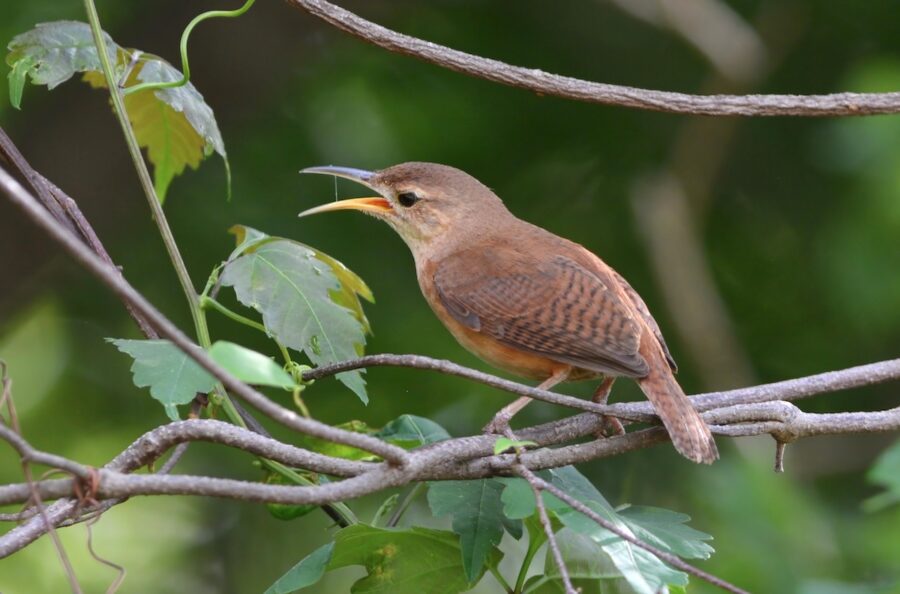
St. Lucia Wren. The St. Lucia Wren is relatively rare and restricted to drier forest habitats in the southwestern and far northern parts of the island. Its plumage is overall paler than the Grenada Wren’s, and its song is quite different from that of its mainland relatives.
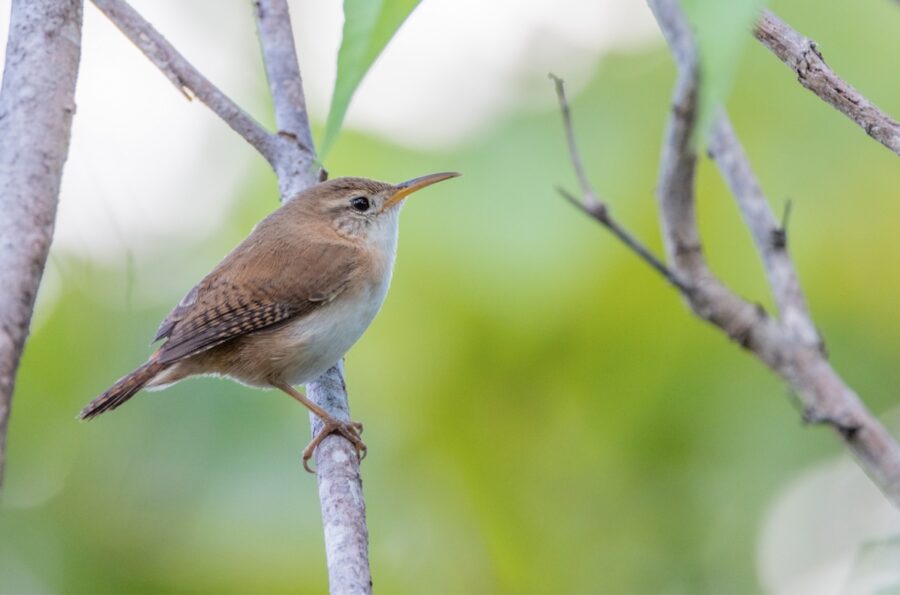
Grenada Wren overall. (Photo by Charlie Bostwick ML 549893181)
St. Vincent Wren: This wren sports a lot of white and buff in its plumage, and it has a notably long wing chord, which suggests a larger overall size. Its song, too, is quite different from that of other House Wrens, making it one of the most distinctive of the new species.
Kalinago Wren: Unfortunately, this species has disappeared from Martinique and Guadeloupe. The remaining population on Dominica stands out with its rich rufous coloration and a long, mostly yellow bill. Its song has been described as loud and ebullient, distinctly different from that of mainland House Wrens, adding to its unique charm.
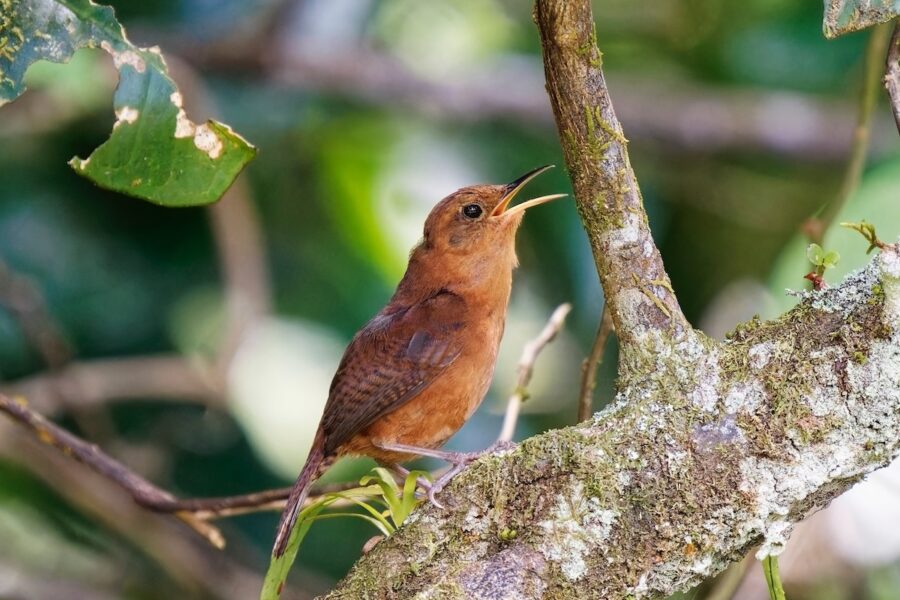
Thrash Talk: The White-breasted Thrasher Split!
In more exciting news from the Lesser Antilles, we now have two new thrasher species! Say hello to the Martinique Thrasher (Ramphocinclus brachyurus) and St. Lucia Thrasher (Ramphocinclus sanctaeluciae), previously classified together as the White-breasted Thrasher (Ramphocinclus brachyurus). Genetic studies have shown that these two populations have been evolving separately for quite some time, with no evidence of gene flow or interbreeding between them. Additionally, there has been no observed movement of thrashers between Martinique and St. Lucia, further confirming that these birds are isolated and distinct species.
The Martinique Thrasher is considered Critically Endangered, while the St. Lucia Thrasher is listed as Endangered. With their elevation to official species status, there is hope this recognition will help drive more conservation efforts to protect these unique birds, such as this study of the St Lucia Thrasher.
Let’s take a closer look at these birds:
The St. Lucia Thrasher is the larger of the two. It has darker brown overall plumage, darker black lores and ear coverts, and brighter white underparts. The markings on its flanks are more neatly organized, and it lacks the scalloping on the wing coverts seen in its Martinique counterpart. Interestingly, the St. Lucia Thrasher also tends to build its nests much lower in the vegetation.
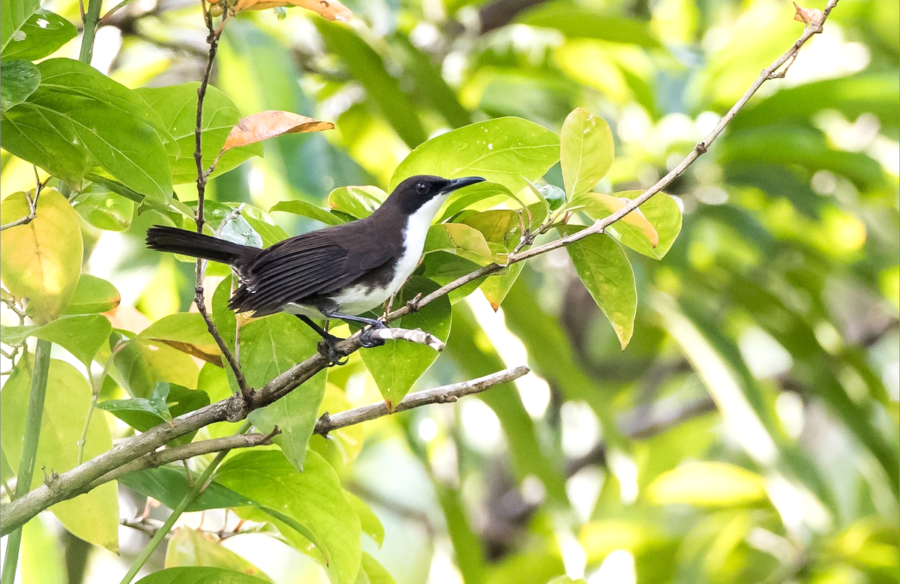
The Martinique Thrasher, by contrast, is smaller, with grayer plumage and muddier white underparts. Its flank markings are more irregular, and it has scalloping on the wing coverts. Both species also have distinct calls, which further supports their classification as separate species.
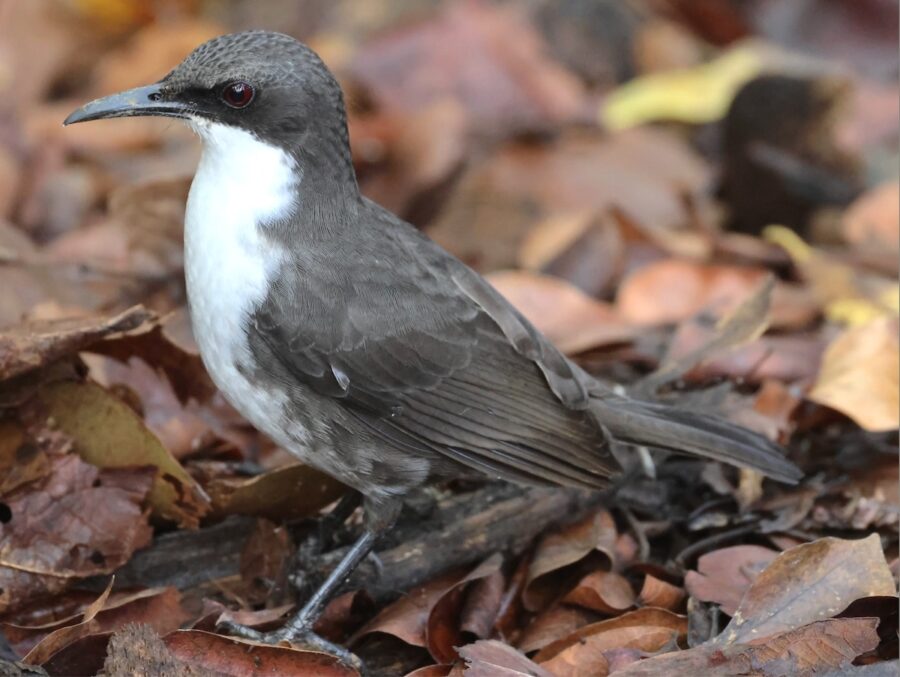
Listen to the differences between the calls of the Martinique Thrasher and St. Lucia Thrasher.
Shearing of a Shearwater
And finally, seabird aficionados rejoice — Cory’s Shearwater has been split! This wide-ranging seabird is now recognized as two distinct species: one breeding in the Mediterranean, and the other on islands in the East Atlantic. For those worried about having even more bird names to remember, rest assured — the species observed in the Caribbean will still be known as Cory’s Shearwater (Calonectris borealis), while the Mediterranean breeders have been reclassified as Scopoli’s Shearwater (Calonectris diomedea). Both species have been recorded in the West Indies, so keep an eye out and try to photograph any Cory’s-type shearwaters you see (especially the underwing — Cory’s has less white in the underwing)!
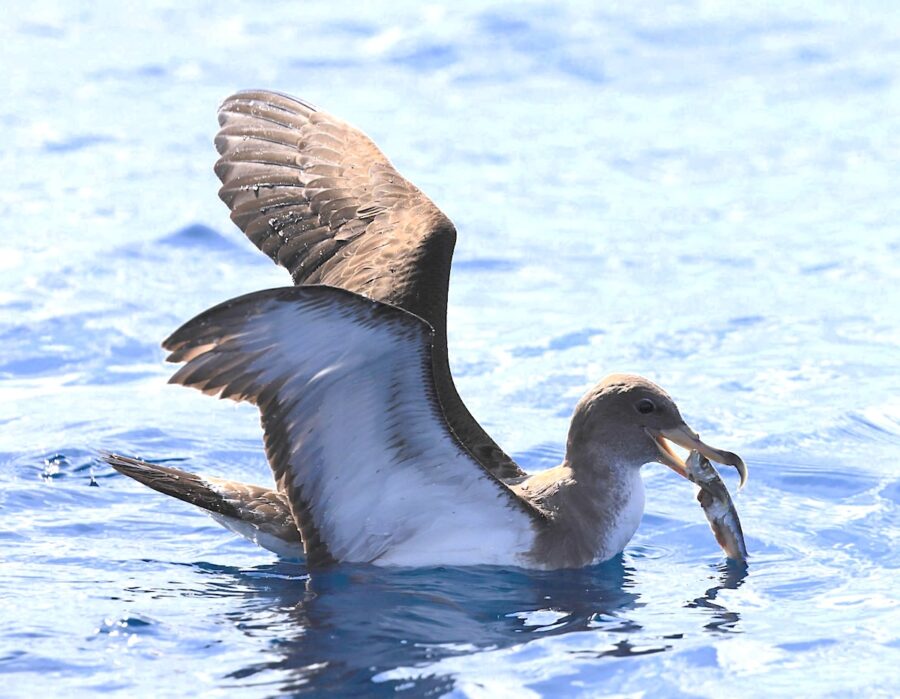
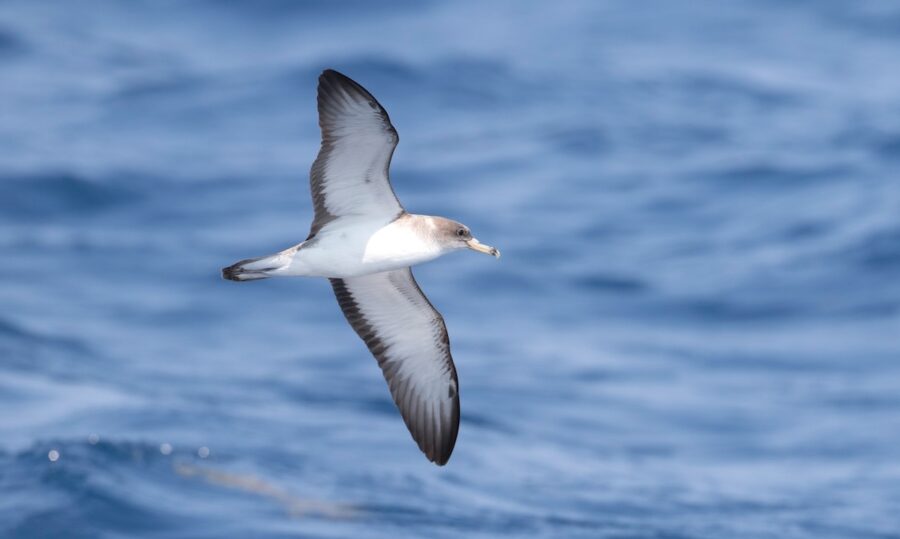
Note that while this reclassification is exciting for our region, the shearwater’s range is not limited to the West Indies — so this does not add to our endemic checklist.
New Species Highlight the Need for More Research and Conservation
We’re thrilled to welcome these new endemics to the Caribbean! These new species underscore the ongoing potential for further bird research in the region. With new species being identified every year, it’s clear there is still much to learn about the incredible birdlife right here in our backyards, parks, forests, wetlands, and coastal habitats. It’s also imperative that we take care of these unique birds by reducing the threats they face. It’s up to all of us to protect their habitats to ensure they thrive long into the future, for the benefit and enjoyment of all.
So — did these recent splits add any new species to your life list? Or have they just given you six more reasons to start planning your next Caribbean birding adventure?


